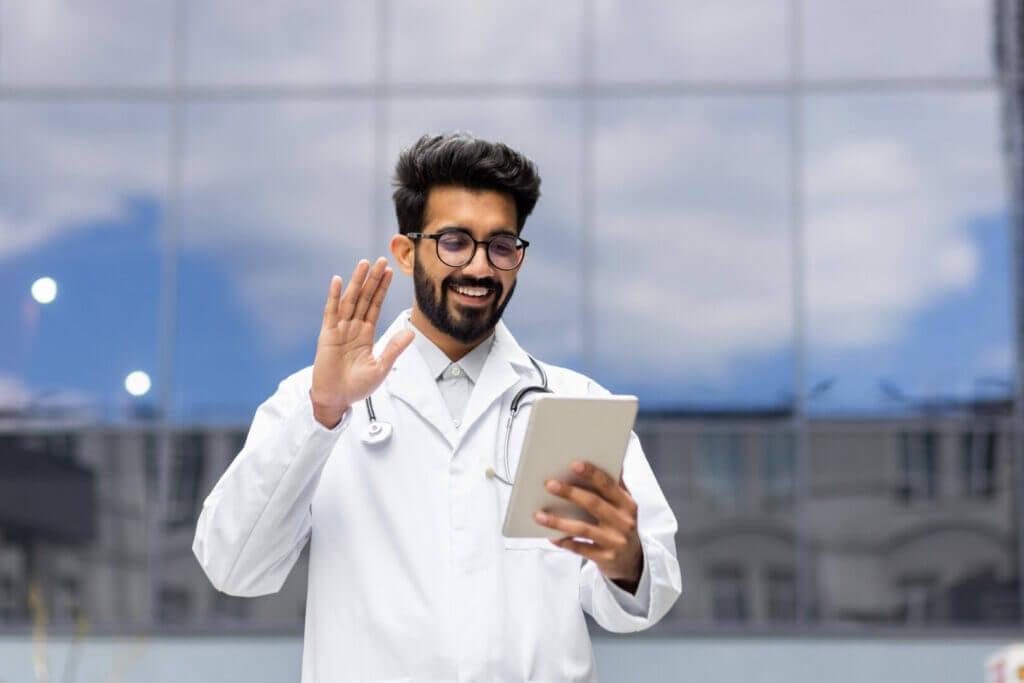Remote patient monitoring (RPM) technologies have been gaining momentum in recent years, with the shift towards value-based care and the increasing need for remote healthcare services. With RPM, patients can be monitored remotely by health professionals without having to physically visit a medical facility.
What is Remote Patient Monitoring?
Remote patient monitoring refers to the use of technology to collect and transmit patient health data from a distance. This includes monitoring vital signs, such as heart rate, blood pressure, and oxygen levels, as well as symptoms and medication adherence. RPM can be done in real-time or through periodic check-ins, allowing for continuous monitoring of patients’ health status.
Advantages of Remote Patient Monitoring
There are numerous advantages of using RPM for both patients and healthcare providers. First and foremost, RPM allows for early detection of health issues, which can lead to timely interventions and improved outcomes. It also enables patients to have a more active role in their own care, as they are able to track their progress and make necessary lifestyle changes.
For healthcare providers, RPM provides a more comprehensive view of patients’ health, allowing for more personalized and effective care. It also reduces the need for unnecessary hospital visits, which can lead to cost savings and better resource management.
Types of Remote Patient Monitoring Technologies
There are various types of RPM technologies available, each with its own unique capabilities and benefits. Some common examples include:
- Wearable devices: These include fitness trackers, smartwatches, and patches that can monitor vital signs and activity levels.
- Mobile apps: These allow patients to input health data manually, such as symptoms and medication adherence.
- Connected devices: These include devices that can transmit data directly to healthcare providers, such as blood glucose monitors and blood pressure cuffs.
- Telehealth platforms: These provide a virtual space for healthcare professionals to communicate with patients and monitor their health remotely.
The Future of Remote Patient Monitoring
The use of RPM technologies is expected to continue growing in the coming years. With advancements in technology, we can expect to see more sophisticated devices and systems that can provide even more comprehensive data for healthcare providers. Additionally, as remote healthcare becomes a more widely accepted practice, RPM will play a crucial role in improving access to care for patients in rural and underserved areas.
In conclusion, remote patient monitoring technologies have the potential to revolutionize healthcare by providing more personalized, efficient, and cost-effective care. As these technologies continue to evolve, we can expect to see significant improvements in patient outcomes and overall healthcare quality. It is an exciting time for the field of RPM, and its impact on the healthcare industry will only continue to grow. So, we must embrace and invest in these technologies to ensure a brighter future for all. Keep monitoring!
